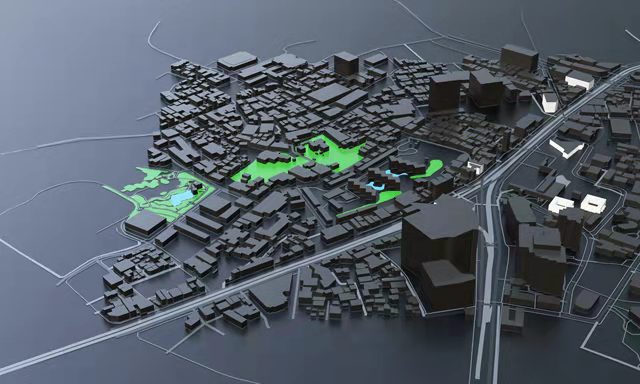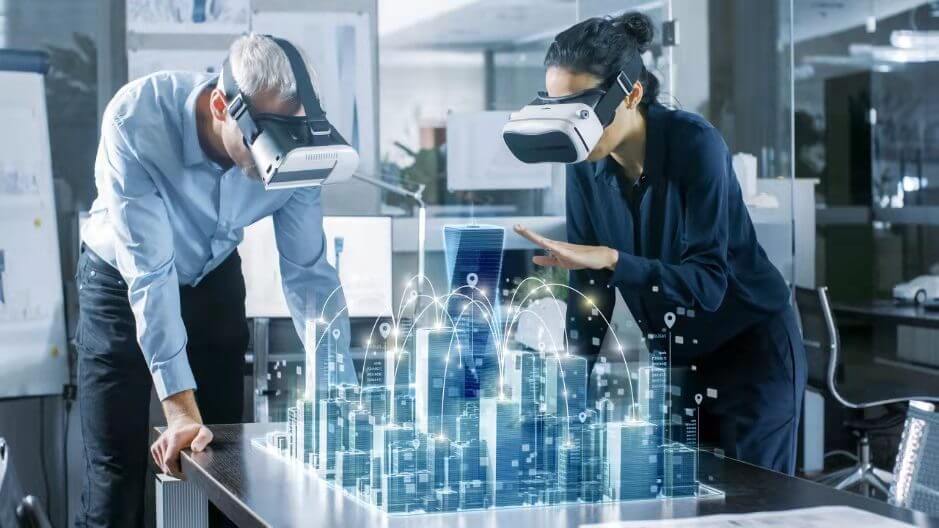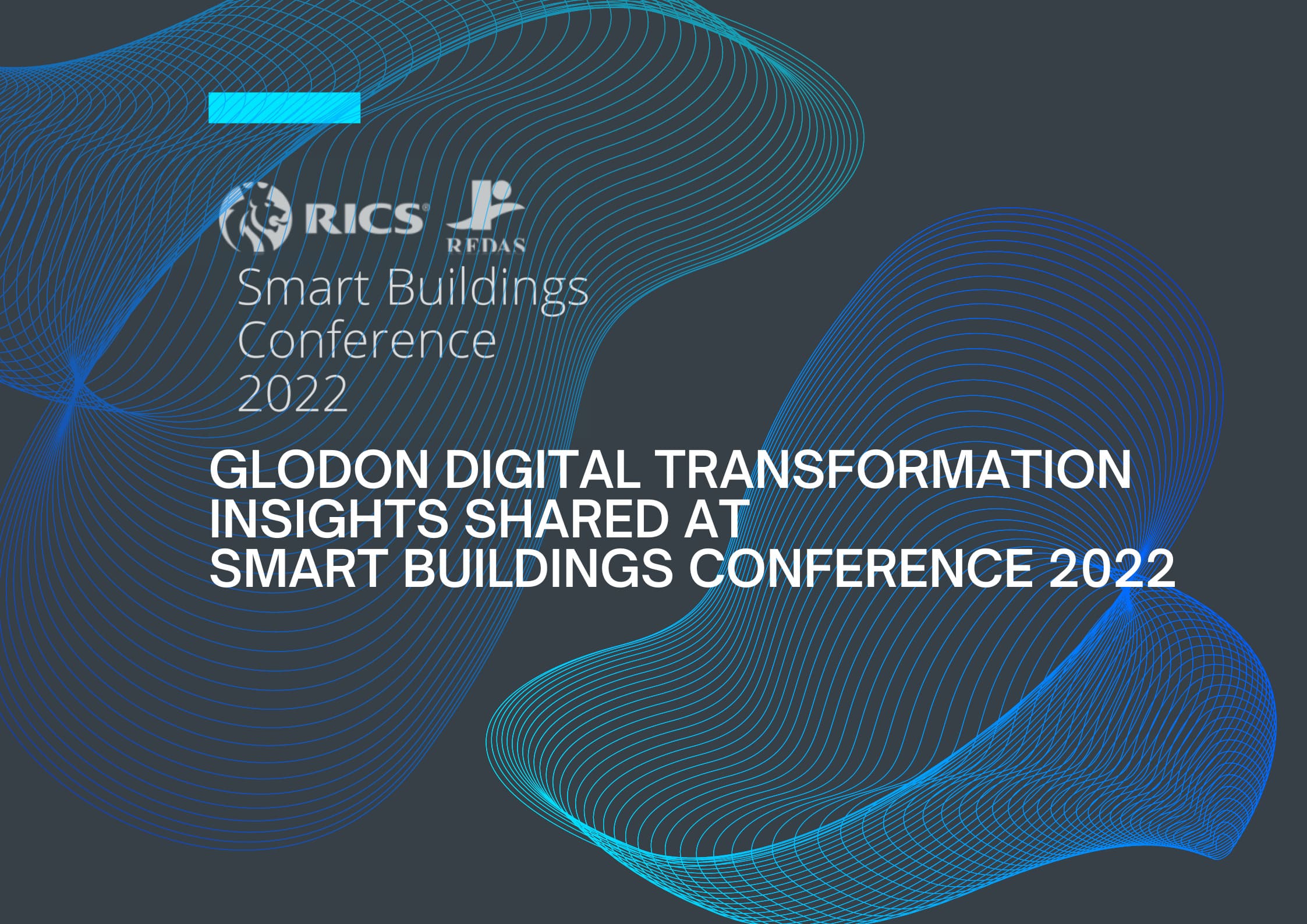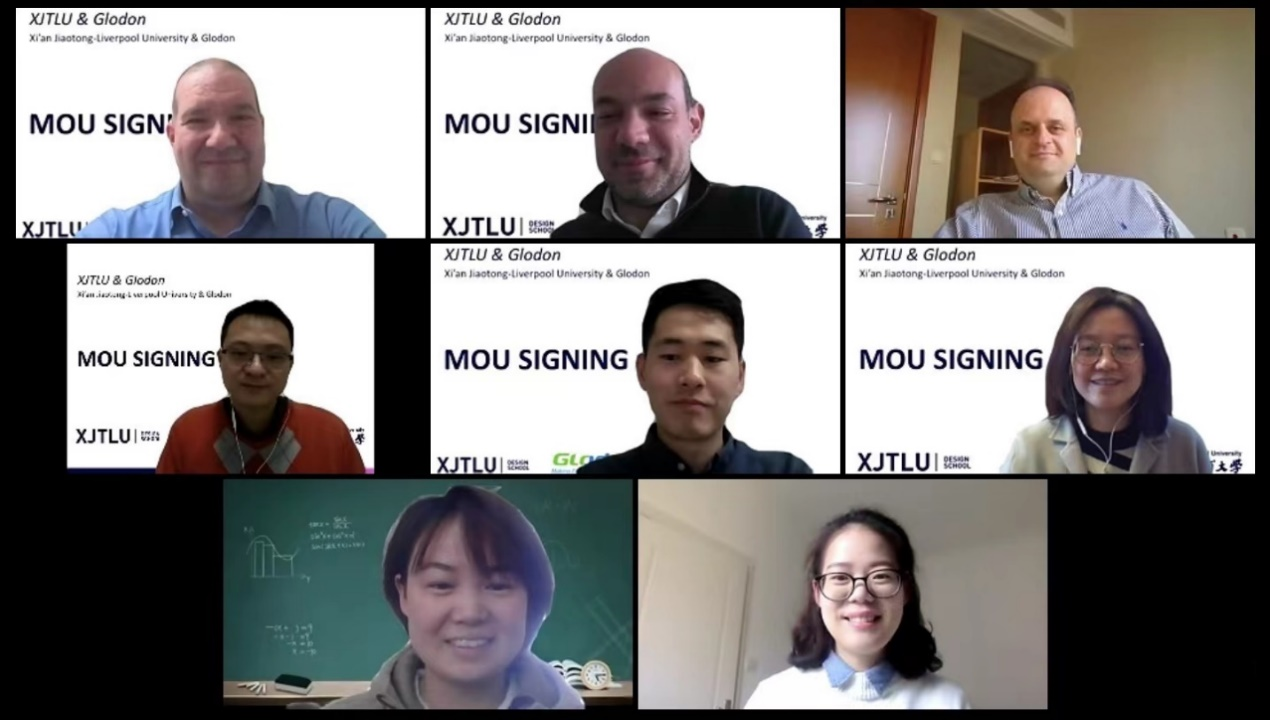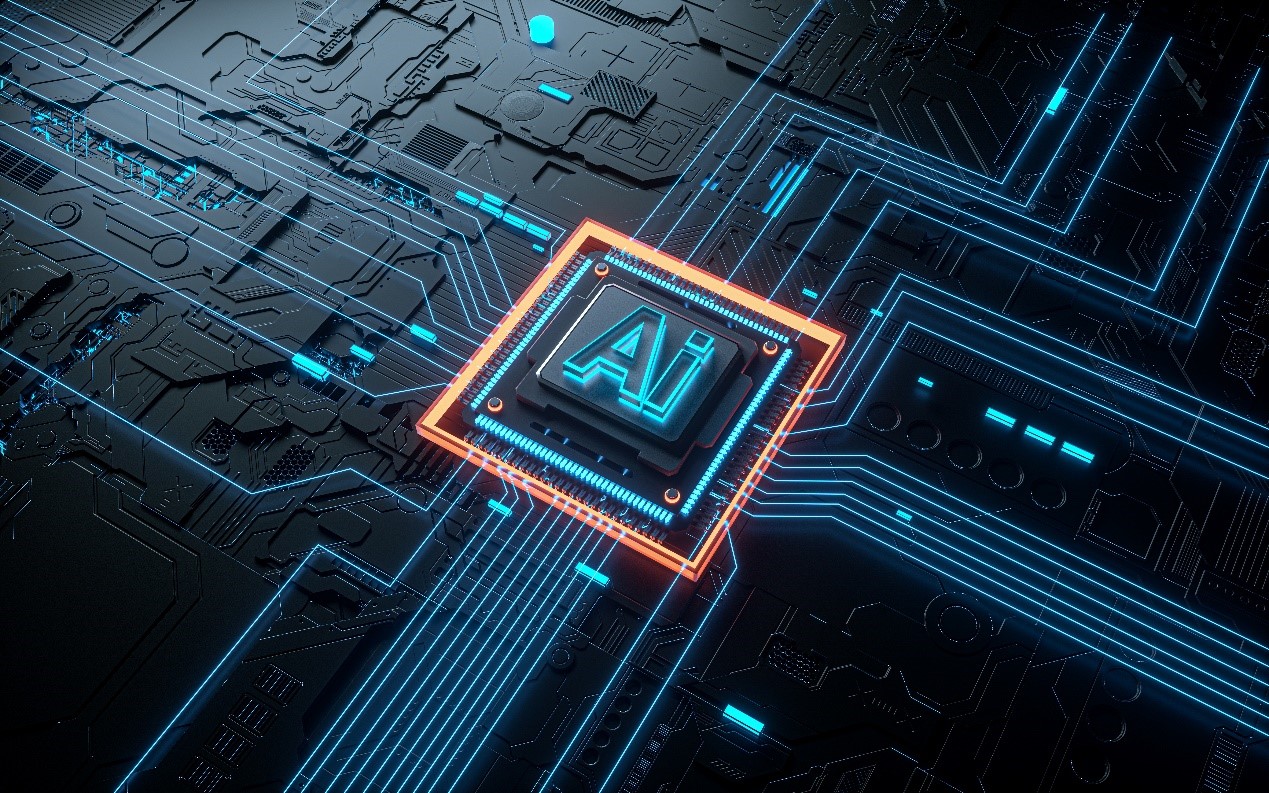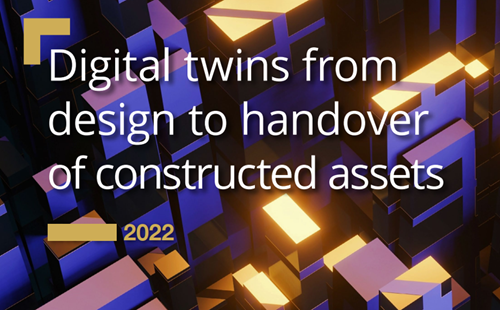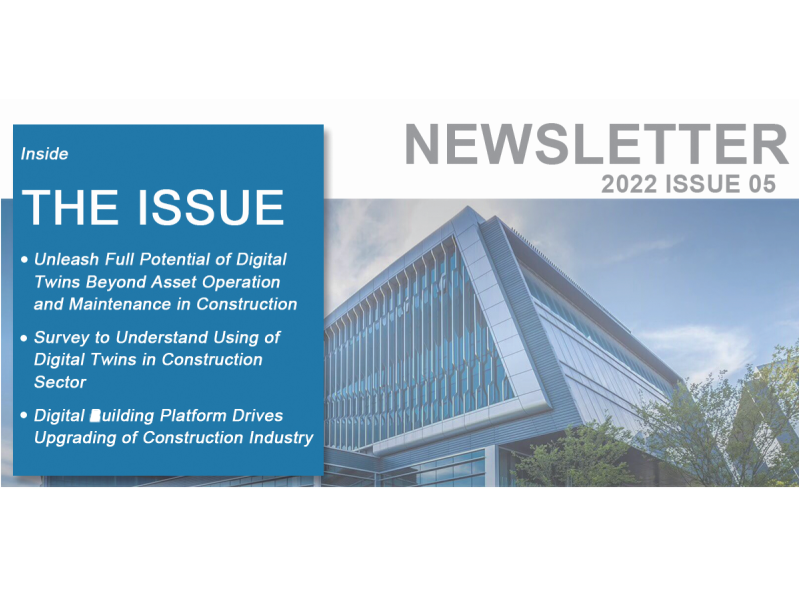Jun 24.2020
Five Major Trends in Future Development of Construction Industry in the 5G Era
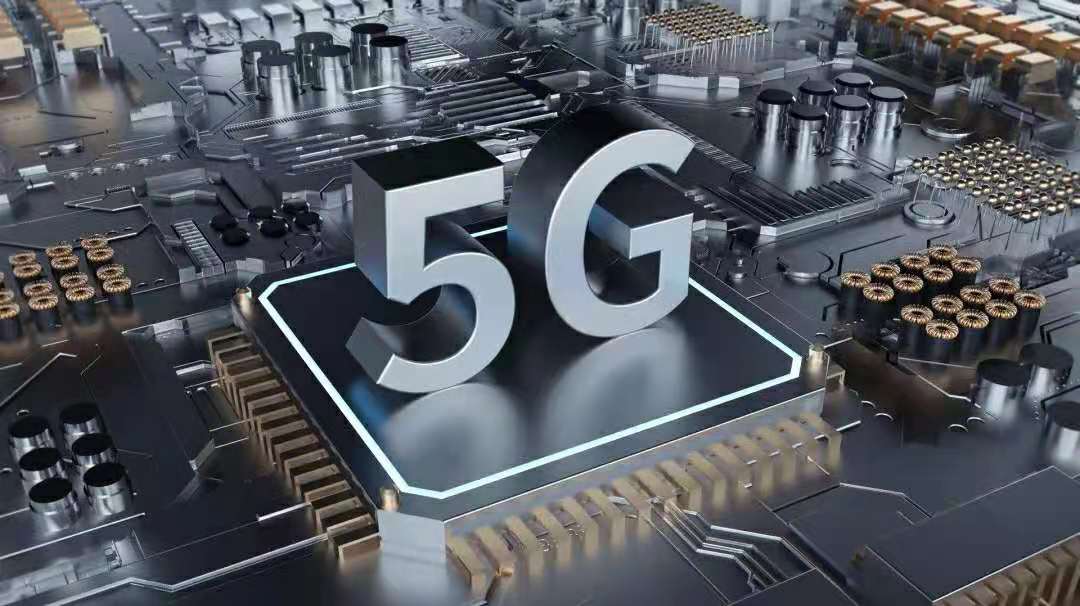
With the rapid development of China's market economy and the continuous improvement of informatization level, the construction industry being an important pillar industry of the national economy has also started to undergo digital transformation. However, due to the characteristics of the construction process that includes high personnel mobility, accidents still occur frequently.
Therefore in order to reduce accidents on construction sites, a 5G network could be utilized in a way to transfer data with high speed, wide bandwidth, low latency, and high reliability.
Furthermore, 5G Network and its unique technology will further promote the intelligent and unmanned construction process by creating new digital business models for construction enterprises (stakeholders) to strengthen the digital construction transformation and thus lead to safer and innovative solutions in construction sites development of the construction industry.
At the 2019 World 5G Convention, China Unicom, Huawei, and Glodon jointly issued the White Paper on 5G and Digital Construction . On June 17, 2020, Huawei and Glodon held an online conference entitled "Drawing the Blueprint of Construction Industry Transformation with a Digital Brush - Transformation and Upgrading of Construction Industry under the Help of 5G".
The deep integration of 5G technology and digital transformation of the construction industry will have a profound influence on the construction industry. In the following part, we will share the five major trends in the future development of the construction industry in the 5G era.
Large-scale networking of 5G network on the construction site
The core of the digital development of the construction industry is data acquisition and application. In the 5G era, the IoT, mobile Internet, and other technologies can be combined to better realize the Internet of Everything and collect construction process information on construction sites with a higher level of accuracy.
In addition, the BIM paradigm can be adopted to associate the actual data generated in the construction stage with the schedule and cost plan in the digital entity, so as to compare the real world and the digital world in real-time and make better use of digital means to transform and upgrade the construction industry (related to digital twins).
Moreover the integration of 5G network during the construction process could add value towards the development of smart construction sites that will elaborate certain challenges towards opportunities that will improve the construction operations.
However, the fact that a construction site might be affected by factors such as whether physical phenomenon, etc can result in frequent adjustment of the network (aiming to provide real-time data to the back office).
This is a great burden for construction enterprises, so we propose the solution of a "flexible 5G network" to meet the special scene demands of the construction industry. It will be beneficial to the large-scale networking on the construction site.
Multi-sensor integration and implementation on construction site
Collecting more accurate data through sensors using IoT and transferring these through a 5G network could really improve productivity, safety, and other operational functions. Moreover, data transfer protocol data such as positioning, tracking, monitoring, and its management could be achieved.
As a result, the traditional construction site is going to be converted to "smart" by taking multi-sensors as contact points. Moreover, IoT technologies offering such as high-speed mobile communication, radiofrequency, near-field communication, and two-dimensional code recognition, integrating with the project management information system could add value to construction site management by using big data and thus assuring precision and improving project management standards – namely Key Performance Indicators e.g. delivery time, save costs, improve quality delivery of the project. Therefore, using the Hierarchy of Human Understanding and how human data collect e.g. "eye", "ears" and "touch". Therefore decision-makers will be able to Visualize (eyes) Listen (ear) and Gesture (touch). An example is the temperature of the concrete floor that can be measured automatically instead of manually. In addition, the whole high formwork is distributed with "peripheral nerves", so that an alarm can be given when there is any abnormality. The application of each sensor will make the unified machine "smarter".
The real-time stereo vision using IoT technology can be used for the 3D reconstruction of an environment in real-time (under 30 ms) that also allows for remote interaction between users. The hazards on the construction site shall be monitored in real-time to remind the staff to keep enough safe distance from the dangerous areas in time but also to ensure a clean construction site (eliminate waste and certain risks) as the Lean Construction paradigm recommends.
At the same time, the injured can be rescued in time when there is an accident. Various workflows of the project, such as work plan, safety management, material, and resource allocation, can be optimized accordingly through accurate statistics of personnel positions.
With the support of 5G technology, the big data collected by IoT devices can be transmitted to a unified cloud-based platform in real-time, so that the project performance can be perceived more effectively. This concept complies with ISO19650 too.
The digital twin of the project site and Building Information Modeling (BIM)
As the core technology of digital transformation in the engineering field, the BIM paradigm (integrate people, process, and technology) has been recognized by more and more engineering practitioners. Hence, the data collection process in real-time, creating 3D Information Models could be automatically mapped against real construction processes. This Digital Twin concept help to realize in real-time (benefits realization concept) interaction between the digital model and actual engineering data (construction project process). As a result, the construction process might be affected based on real-time data in the 3D Information Model where changes need to be tested and validated in a Virtual Construction Site. However, on this occasion, great challenges to the network bandwidth and reliability of the construction site need to be taken into consideration.
Due to the characteristics such as low latency, high bandwidth, and high stability, 5G technology can be used to solve the network problems and optimize the digital twin scene of real-time interaction between the project site and Building Information Modeling (BIM) over a cloud-based environment.
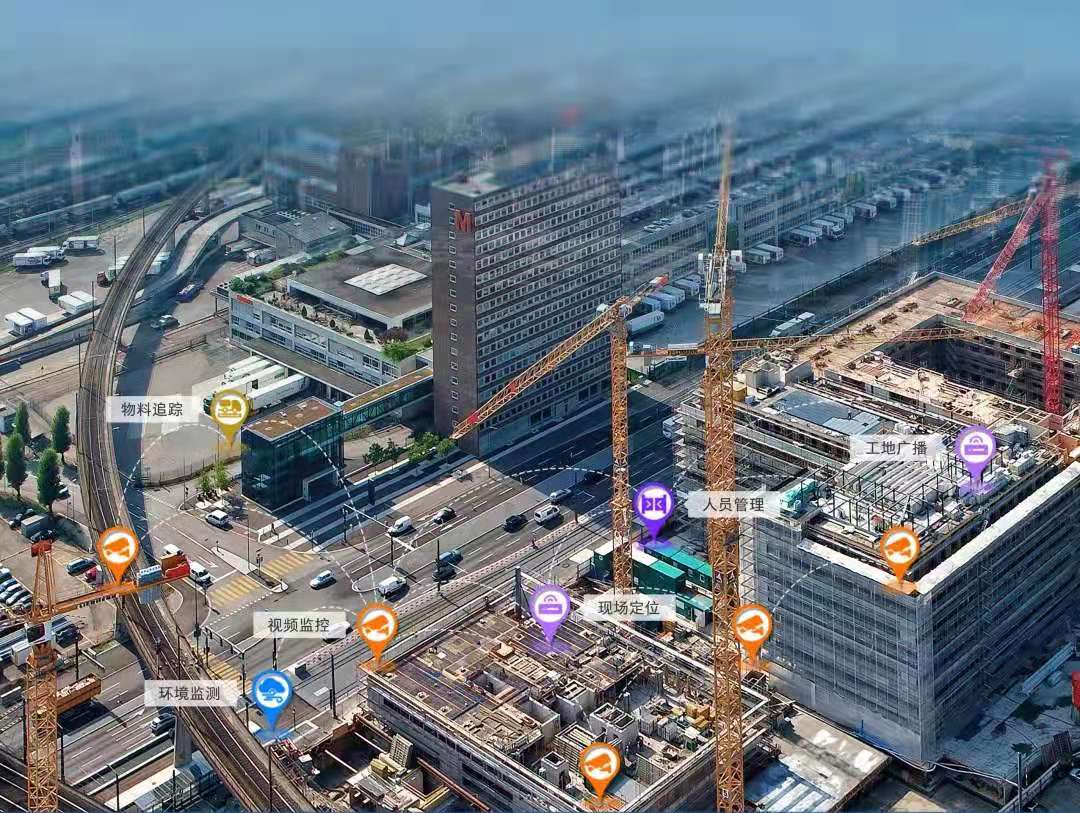
In the process of realizing digital project management with 3D BIM technology then network stability and low latency are important to ensure data transmission and application. With the support of 5G technology, the value of big data of construction projects will be played better, so as to realize the "7D world modeling database that can travel through time and space".
In addition, with the help of the digital twin, the problem of construction process standardization can be solved better, and the virtual-real scene interaction between the Building Information Modeling (BIM) with real-time data of the construction site and the actual working face on the construction site can be realized. ISO19650 is in this direction.
The virtual and real scenes can be presented in front of workers wearing VR/AR glasses, etc, or any other similar visualization technologies. As a result, tasks related to workers (e.g. assemble a pipe) could be superimposed on the actual work scene within a simulated and safe collaborative environment. In the virtual construction process, workers are constructing according to the actual process, standards, and construction methods can also be monitored. Therefore, an alarm will be on when there is an error message to be sent to the back office.
Multi-party cooperation of construction project
The realization of intelligent capturing and digital twin creates more possibilities for the cooperation and collaboration of construction projects. By sharing and the sharing of Building Information Modeling (BIM) related information by using relevant visualization technologies, the collaboration among stakeholders can be improved significantly. As a result, more benefits are going to be achieved at the business level (suppliers and other stakeholders).
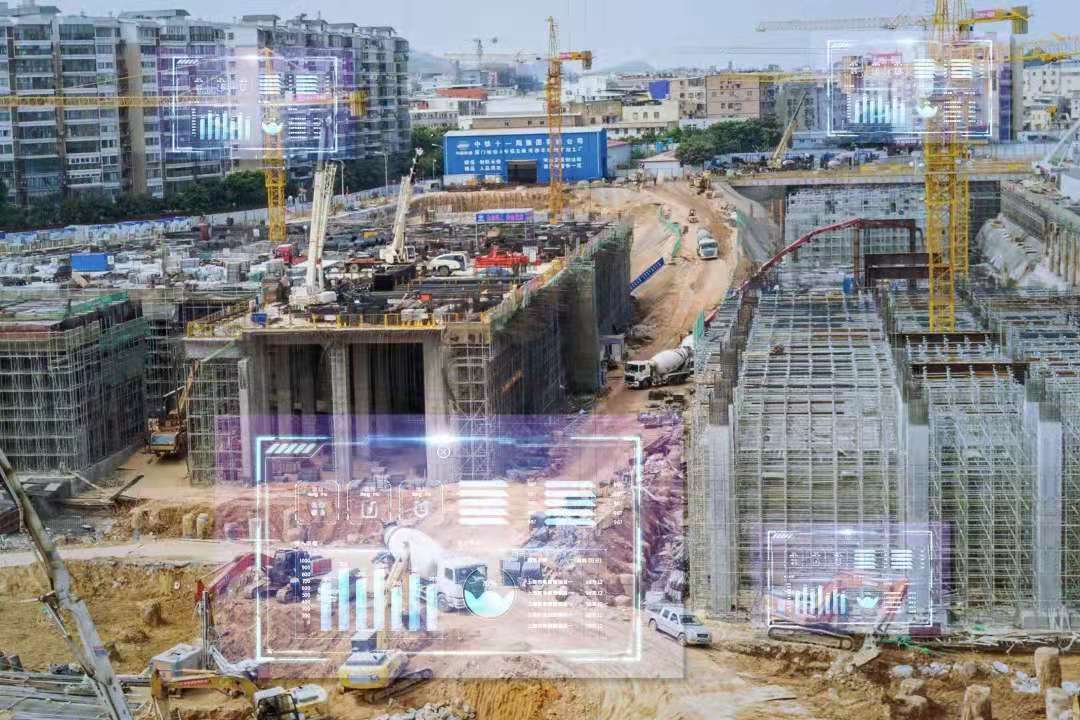
a. Element collaboration during operation in 5G network environment
The environment of the project site is relatively complex, and the cooperation among personnel, materials, and equipment is very common. As a result, this integration is vital. The following parts introduce these three scenarios in detail.
Cooperation among personnel: Just as we have strict requirements on the accuracy of industrial products, nowadays it is also advocated to attach great importance to the accuracy of the construction industry. High accuracy in the construction process means multiple persons operation and interaction through all-around sensor implementation on site.
Cooperation between personnel and equipment: It refers to the cooperation to complete work more efficiently on the construction site through remote control, virtual reality (VR), augmented reality (AR), extended reality (XR), etc. Using these technologies will help save manpower and avoid judging operation compliance and safety by human experience.
Cooperation among equipment: On the construction site, it is not only possible to control the cooperation between personnel and mechanical equipment remotely. Moreover, some simple tasks can be completed automatically thanks to the development of robots in the construction process, which could improve the whole production process and save manpower greatly.
b. Data Sharing during construction operation in 5G network environment
In the 5G network environment, data sharing and collaboration in the production process can be achieved better through intelligent capturing of the construction site using real-time IoT sensors with the 3D BIM model. The data integration mainly refers to all those project stakeholders are involved that need direct access to the project process.
c. Cloud-based-terminal technical cooperation in 5G network environment
With the aid of 5G technology, traditional cloud computing is in a distributed cloud-edge-terminal collaborative computing environment based on heterogeneous networks in the future. CPU (Central Processing Unit), GPU (Graphics Processing Unit), NPU (Network Processing Unit), FPGA (Field Programmable Gate Array), and ASIC (Application Specific Integrated Circuit) are distributed in personal computers, servers, mobile phones, routers, cameras, and various sensors, and connected through the 5G wireless network with high bandwidth and low latency and coaxial or optical cables with high speed and large capacity to form a scalable virtual supercomputer with numerous heterogeneous computing nodes and massive storage.
The high bandwidth of 5G mobile and wired networks can meet the data transmission bandwidth requirements of this distributed heterogeneous computing architecture for computing task allocation and distribution, data exchange, and result verification broadcast. This is very suitable for the computing environment of the construction site with low requirements for overall TPS (Transaction Per Second) but high requirements for computing power and with mixed latency-sensitive and insensitive requests.
Promotion of the governance model of the AEC industry in the new era
In the digital era, the governance model of the digital building industry is evolving constantly. On May 9, 2016, China's annual government work report proposed to continuously streamline administration and delegate power, improve regulation, and upgrade services, to improve government efficiency constantly. "Streamlining administration and delegating power, improving regulation, and upgrading services" has become the development trend of the urban governance model in the new era.
Under this trend, all parties involved in the construction industry, including but not limited to administrative authorities, construction enterprises, operating enterprises, financial institutions, and urban residents, aimed at building a beautiful living and working environment and establish a new era of digital industry common governance model with blockchain, big data, and AI technologies.
Among them, the relevant authorities streamline the administration and change their focus to in-process and afterward supervision.
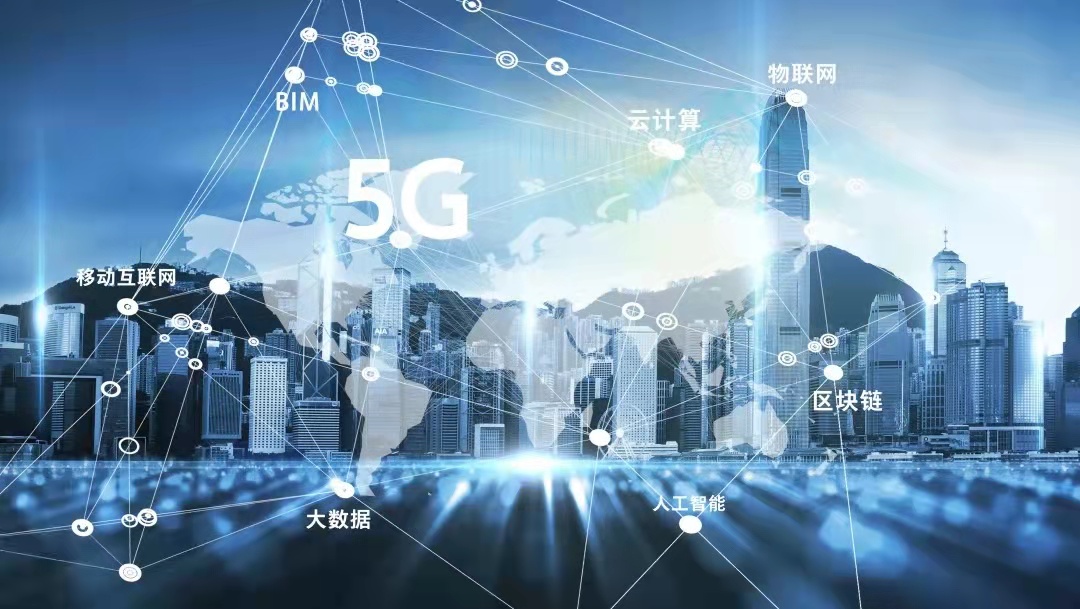
In the 5G era, the digital system combining the technologies of IoT, big data, AI, and blockchain can be used to define the ownership of big data in a safe and reliable way, and make sure the whole process of data transfer to be transparent and controllable. However, the contribution of each participant can be more clear and will not be interfered with the data privacy and trade secrets of users. All parties involved in the industry constitute an overall interest community and ecosystem through data exchange, business interconnection, and digital signature endorsement. In the industry, "Nash equilibrium" is caused by the non-cooperative game that is evolved to "cooperative equilibrium" based on trust, industry standards, and values to maximize the interests of all parties. All the behaviors that delay the healthy development of the ecosystem will be excluded by the system, and thus improving the overall operating environment of the industry.
Conclusions
In the next few years, with the full commercialization of 5G technology, the digital level of the construction industry will be improved comprehensively, and more attention will be paid to the enhancement of integrated application capabilities of information technologies such as 3D BIM modeling, big data, intelligence, mobile communication, cloud computing, and IoT. There will be a breakthrough in the digital, networking, and intelligent development of the construction industry, by making the AEC industry more mature, integrated, and developed over a collaborative data environment where could be better managed.
The comprehensive utilization of 5G technology can provide opportunities for the digital transformation and development of the construction industry by ensuring more integrated and unified management, efficient collaborative work, and higher automation and intelligence, and help to realize the harmonious and sustainable development of the whole industry chain gradually.



